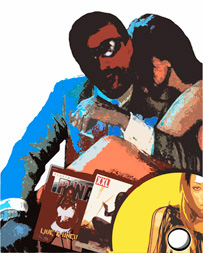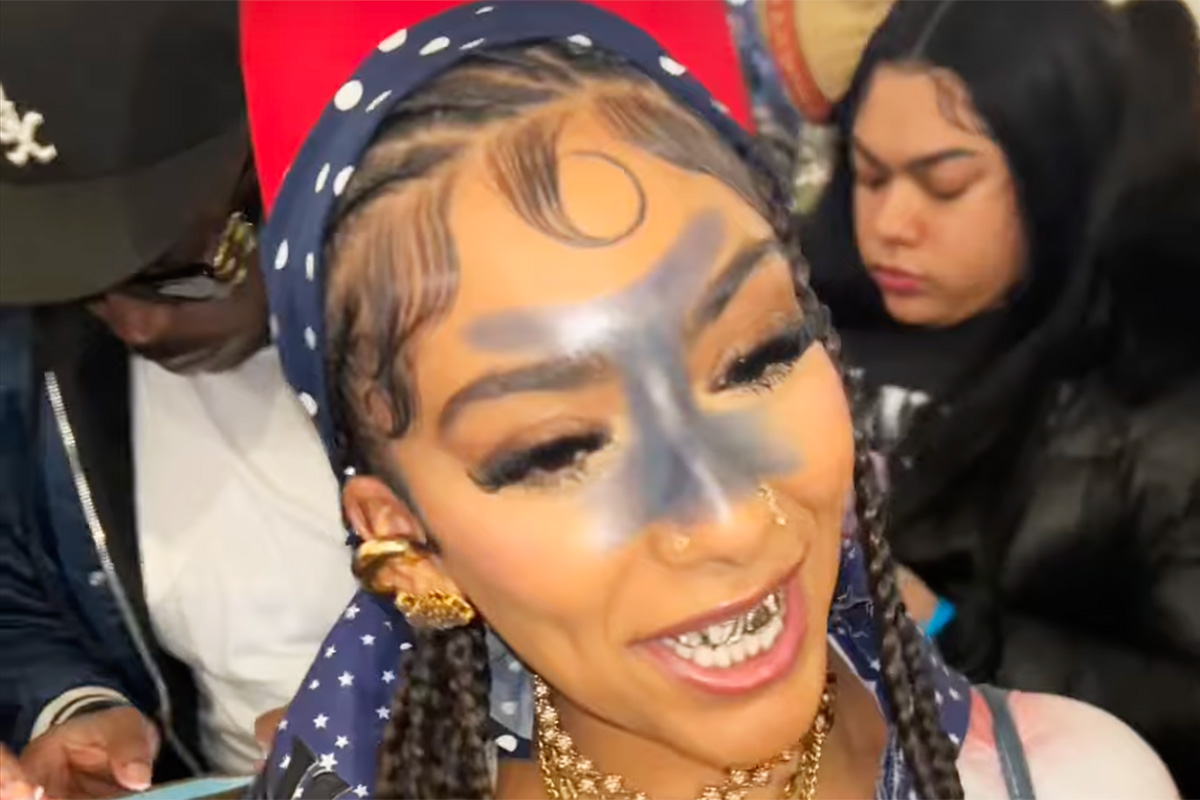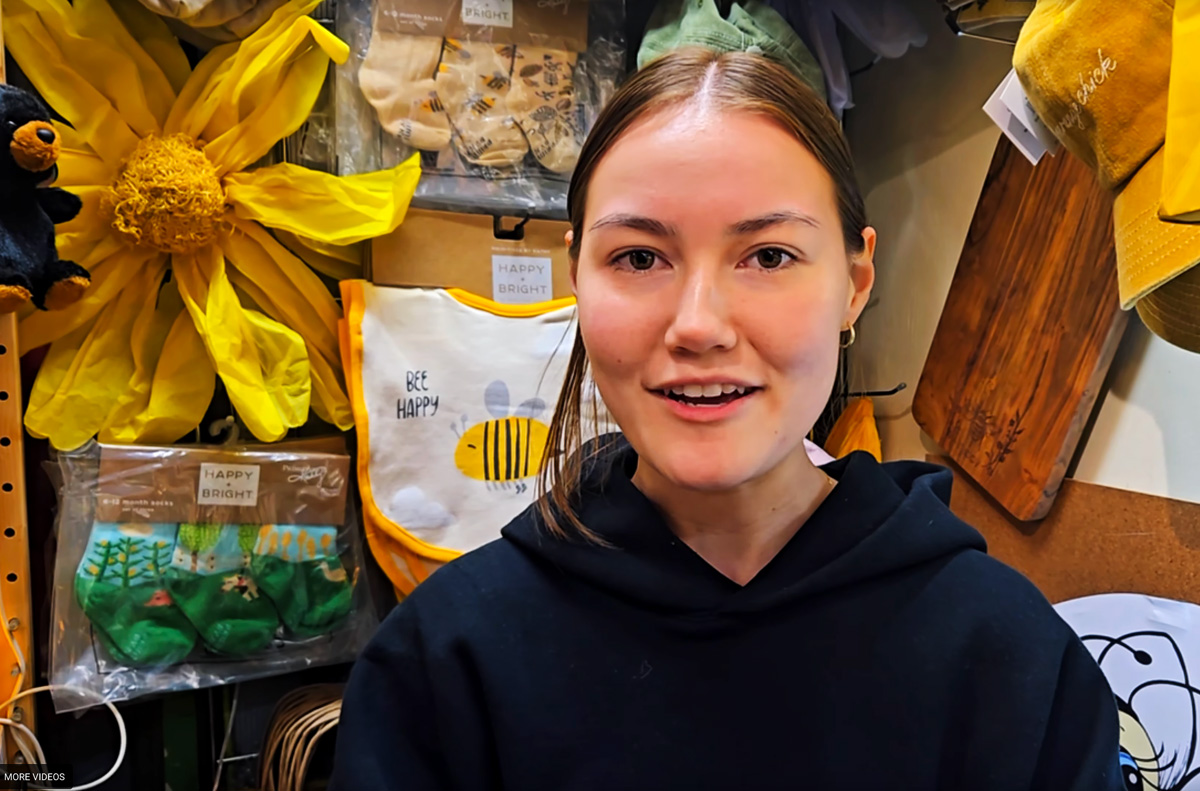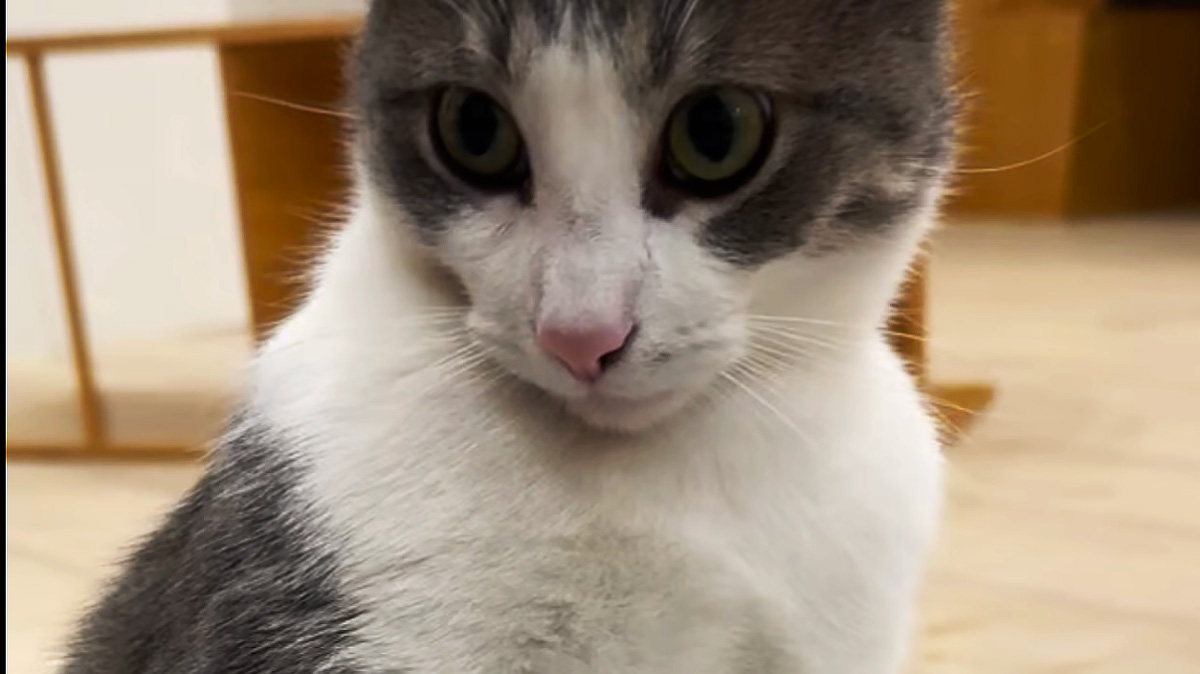 By Lena Klamp
By Lena Klamp
Bronx Journal Staff Writer
Originally published Fall 2007
Every time you turn on MTV or BET, you see black male rappers surrounded by dozens of half-naked black and Hispanic women who seductively dance around them in bikinis, miniskirts or other types of sexed-up fashion.
The locations vary from strip clubs, swimming pools or hotel rooms, but one theme always stays the same — rappers use misogynistic lyrics and visual images to degrade women to no more than sexual objects.
This trend evolved in the last years of the 20th Century, presenting black women as dehumanized and emotionless objects of a man’s sexual fantasy by using not only visual images but through explicit lyrics and speech. It has developed into a broadly accepted and legalized pattern in television, magazines, the Internet, radio and other forms of media no one can ignore nowadays.
Many people feel that the creation of a misogynistic image of black women poses a threat to the identity of black women in society and black culture in general.
“The rappers should wake up and realize how they are exploited by the record companies,” says Dulani Johnson, 23, an African-American media student at Lehman College. “The rich become richer while our women and culture are commoditized.”
In fact, a lot of black people feel offended by the common use of insulting expressions such as ‘bitch,’ ‘hoe,’ or ‘nigger.’ Although this degeneration of speech has entered our lives and the media, it should not evoke the assumption that it is not hurtful and humiliating. Especially older generations, people from 30 years of age and upward, are opposed to this supposedly new demonstration of black culture through hip-hop music.
“I do not understand why people think that these words are not insulting and hurtful,” says Chandra Ramirez, 31, another black student studying media and journalism at Lehman. “I can not even bare to hear them,” she adds, fighting back tears. “It reminds me of my mother and how she condemned this destruction of our culture.”
But it was not always like that. Hip-hop used to be the voice of the not-so-fortunate, who had to deal with racial discrimination, violence and drugs. It was also known as an influential music genre which could give people hope and let them express their thoughts and wishes.
“The videos nowadays are totally different,” says Maurice Dean, 25, a theater major at Lehman. “They used to show young people having fun at a party and now it’s the same crap all over again. Rappers talk about drugs and money and women. But that’s what the people want to hear!”
The hip-hop culture was started by the black and Latino youth in New York City. It encompasses rapping, singing, deejaying, break-dancing and graffiti writing. But it has evolved to be much more than that. It is now a life style for many young people, mostly between the ages of 13 and 30.
It now involves music videos, fashion, language, the club scene, and the general way in which people interact with each other. The hip-hop culture is widely used in fashion advertisements, video games, TV shows, and commercials for big name brands such as Coca-Cola or Burger King.
When the industry discovered hip-hop as a money making machine, the artists and fans experienced a sudden turn. Hip-hop turned away from its origins and most rappers started to focus on the lucrative part of the business. And there is no turning back in sight.
In the last 15 years, hip-hop created new norms which set the standard for the success of rappers and record companies, as well as for the look and behavior of black women.
These norms describe the ideal rapper as a black man who is physically strong and in control of his work and the women around him. The construction of the stereotyped black woman in hip-hop videos is based on men’s fantasies – demanding that the models have to fulfill unrealistic looks. They must be thin in shape, but with a large, rotund behind, large breasts and a pretty face framed with long, sleek hair, creating an image which does not reflect the natural look of most black women.
The behavior of video models is determined by passivity, only doing what the men order them to do. They are stripped of any kind of emotions or intelligence. The camera solely focuses on their body parts and seductive movement which conveys the idea of sexual permissiveness.
Music stations such as MTV and VH1 might not represent the majority views and attitudes of black people, but these channels are the ones which find their way into every living room and create distorted worldwide images of black people.
The question you have to ask yourself is why do record companies and the music industry in general have such a vast interest in producing these misogynistic, violent and sexually provocative videos? Is it all about “sex sells?”
Whatever answer one comes up with, the primary goal of the record companies and most artists is to make money. Consequently, to stay competitive, they will do whatever the market asks for. If sexually provoking and misogynistic music videos and lyrics are the ones that sell best, then that’s what the industry tries to copy and extend. It is based on demand.
Unfortunately, artists who produce music for the sake of being creative and expressing themselves are rare nowadays, not only in hip-hop but in the music world in general.
An exception is young singer India Arie. Her view of hip-hop defines the original ideology behind it.
“I don’t define hip-hop the way a record company would,” says Arie on her web site. “For me, hip-hop is a very precise expression of my way of life and an honest output of emotion into a song.”
Nowadays, famous rappers such as Busta Rhymes or 50 Cent seem to perform more for the satisfaction of record companies than for the glory of the old days. They represent the exact opposite of Aries’ beliefs. They keep on pushing themselves further in producing even more sexually arousing videos, sharpening the image of black women as sex toys and dehumanized objects.
The public outcry over recent comments by radio jock Don Imus, who publicly insulted black players on a women’s basketball team, referring to them as “nappy-haired hoes,” demonstrates that the usage of this language is not acceptable when spoken by people who are not within the black community.
It is vital for the black community that African-Americans start altering the way they address and refer to one another, and how they present themselves to the world. A respectful attitude would make statements like Imuses’ unlikely to be uttered.
This young sexploitation trend has already evolved into a major threat to the identity of black women and how women from all over the world are publicly presented and perceived. Watching MTV’s hip-hop videos are more evidence of a cultural breakdown than artistic enrichment.
People have to act and speak out against the exploitation of women, not only in the hip-hop culture, but in cultures everywhere.
Page designed by Adam Cox







No comments